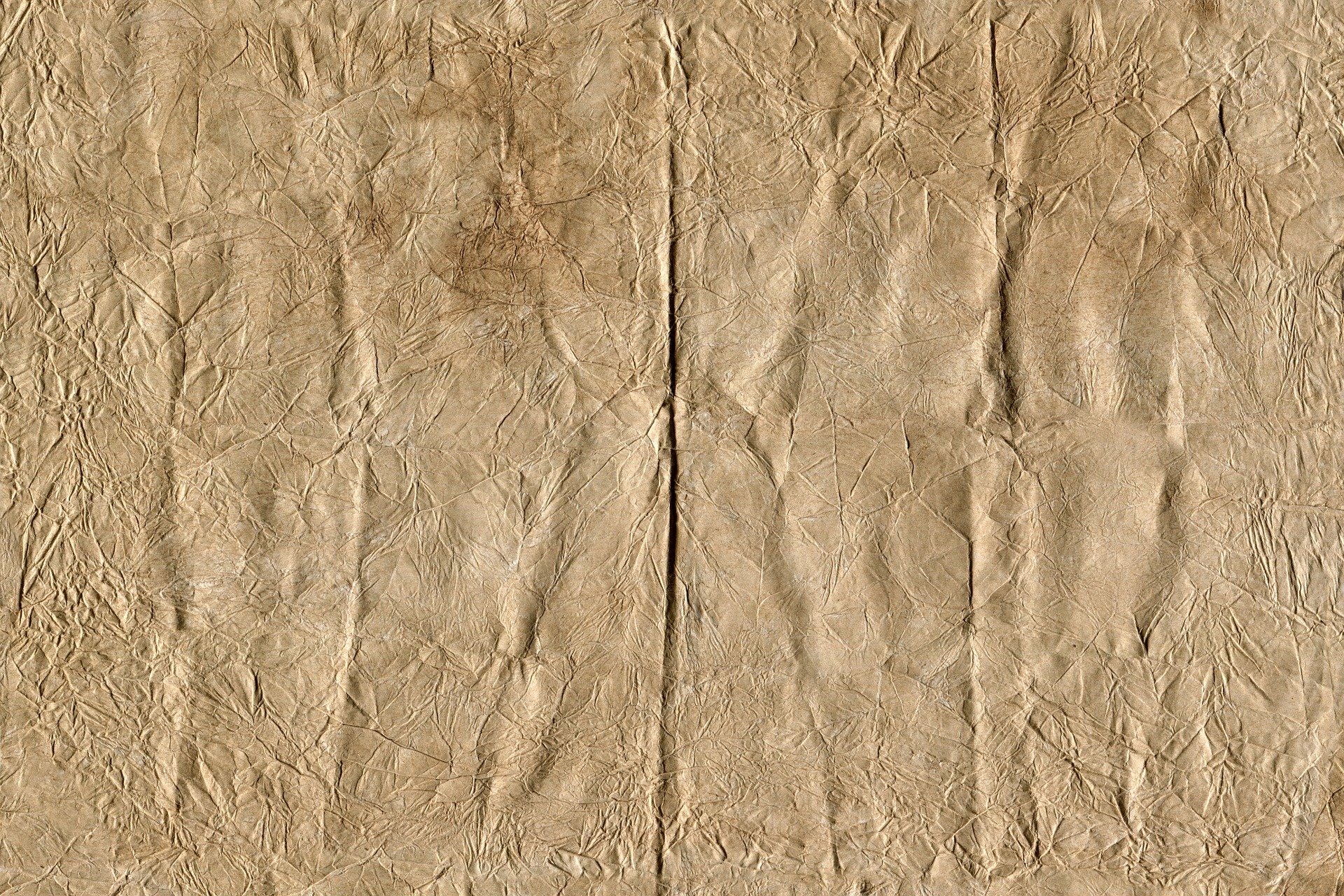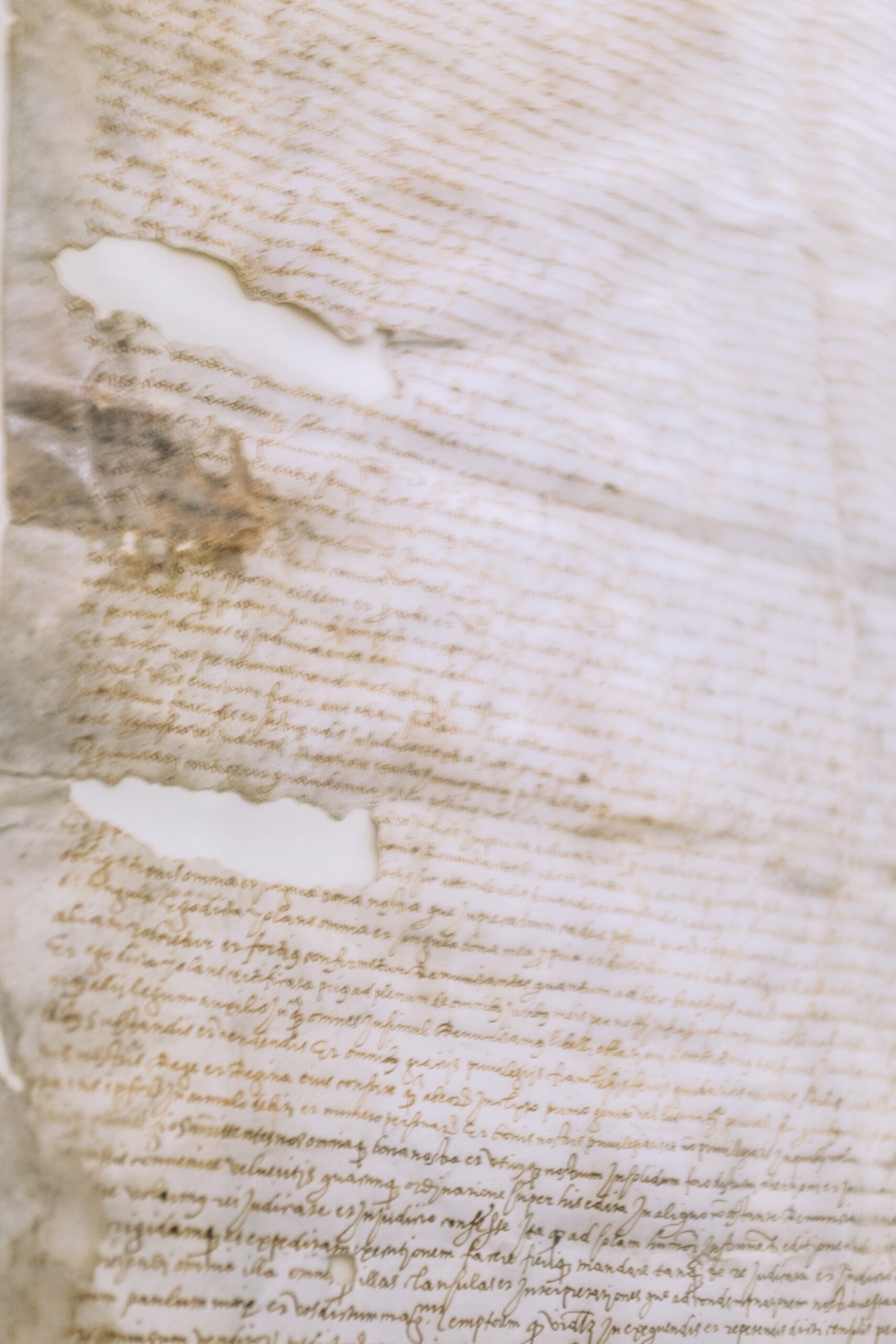Parchment is a writing medium obtained through the processing and tanning of animal skins, mainly sheep, goat and calf; is a support known since the ancient Egyptians, examples have been found dating back to 1000 BC. at the XX dynasty.
Although it is usually considered a material exploited exclusively among ancient populations, the use of parchment does not disappear even after the invention of printing: it was in fact used above all in the liturgical field, for the printing of important ecclesiastical documents, and in politics, for treaties and chords, often attempting to mimic the rendering and aesthetic characteristics of the manuscript.
In this article we will talk about:

The parchment manufacturing process
The parchment manufacturing process begins with cleaning the animal leather and removing the hairs; after this step, the skin is stretched and rubbed with pulverized plaster using a pumice stone.
The processing of the parchment is a very slow and careful process, and allows to prepare the support to receive the writing on both sides.
The material thus obtained has a particularly significant structural strength and resistance to physical and mechanical stress, and is therefore more tenacious than paper: however, parchment is much more sensitive to environmental conditions of temperature and humidity and to fluctuations in these values compared to paper, and therefore it requires specific and continuous attention to the circumstances in which it is stored, to avoid incurring unstoppable and irreversible degradation processes.
The animal leather thus treated must be subjected to the actual tanning process, which will give it the peculiar characteristics of the parchment and prepare it to receive the inks: the leather tanning process can take place through the use of vegetable substances, or of mineral substances, and both operations require a very extended processing time, even months, through the use of specific instruments and substances that make it a very complex process.

Parchment in modernity
In the Nineteenth century, to meet the growing demand for leather to be used in the production of books, volumes and documents, the new technologies of the time made it possible to significantly reduce processing times, from a time interval of a few months to an interval of a few days, through the use of acidic chemicals.
As for the modern production of paper, this process, if on the one hand it has allowed the mass production of a very high number of volumes printed on parchment, has resulted in a parchment subject to self-induced degradation processes of the structure of the material itself.
The result is therefore once again a paradoxical inversion of the resistance to degradation processes: the oldest materials are characterized by an internal structural strength and a much stronger resistance to physical, mechanical and chemical stress than modern materials.
Like paper, moreover, the characteristics of parchment depend on a myriad of factors, such as the starting characteristics of the leather, the tanning process used, and any other chemical or physical treatments, the combination of which determines specific resistance to various degradation factors.





